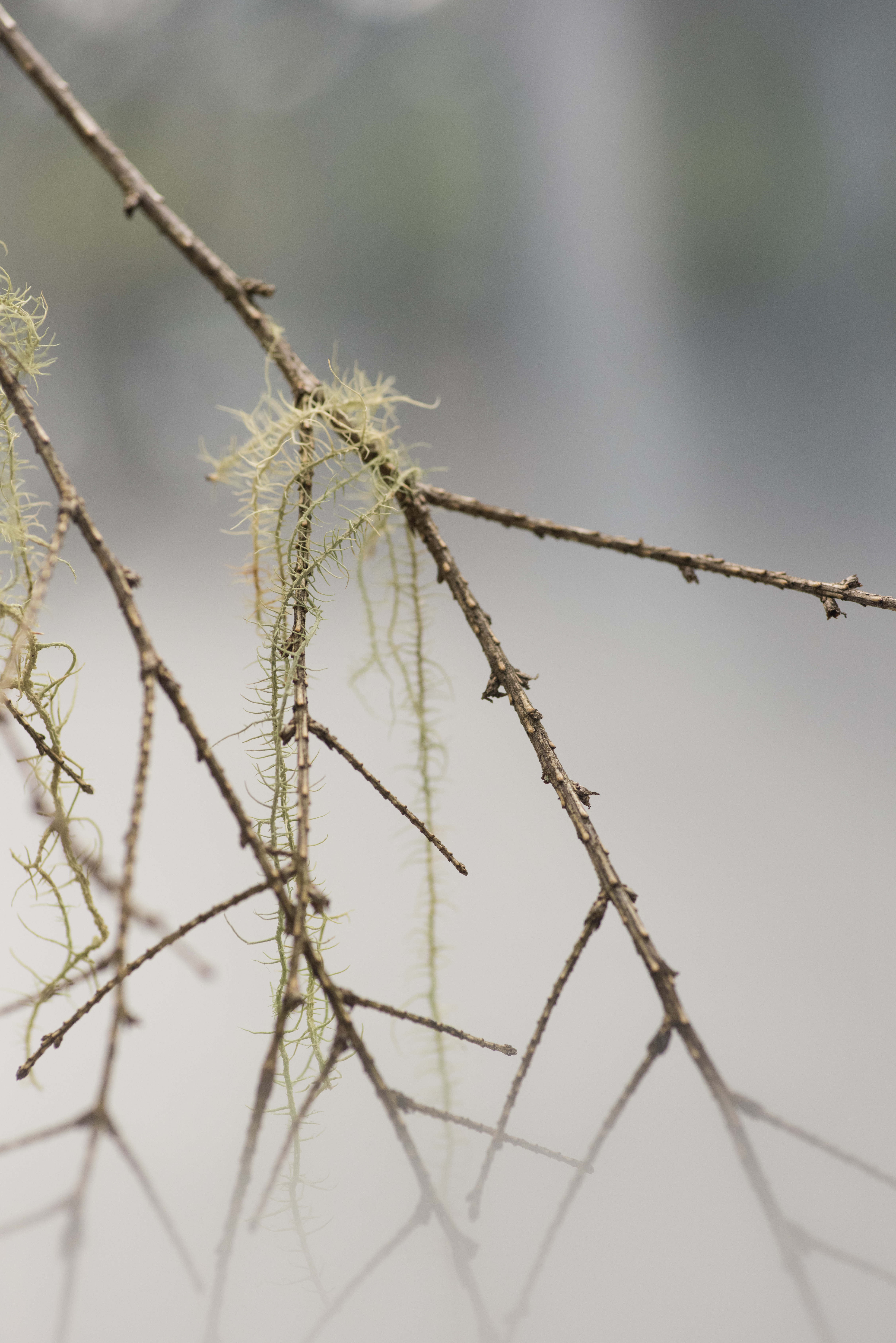Michael Wang: Extinct in New York | Artforum
Oct 25 2019

Organized by the Swiss Institute, Michael Wang’s “Extinct in New York,” a botanical triage unit of sorts, propagates and tenderly cares for dozens of plants that have been driven out—or otherwise eradicated—from the five boroughs due to overdevelopment, pollution, and other adverse conditions. The greenery is arranged into tidy rows inside four large, transparent greenhouses. We can, for instance, take in the furry-looking Usnea angulata (beard lichen), hanging from a branch in a glass tank and surrounded by dramatically swirling fog (it hasn’t been seen in the city since 1823). There are also tall stalks of Solidago uliginosa (bog goldenrod), their bright yellow crests so top-heavy with blooms they bend to and fro (the wildflower was last spotted in Marine Park, Brooklyn, in 1992). And right next to the goldenrod are pots of Equisetum hyemale (rough horsetail), a spindly, bamboo-like herb, MIA since 1899. Wang’s research here is impressively meticulous. In a handout are lists of the plants’ genera and last known whereabouts—it functions like a portrait of environmental malfeasance.
Close to the nurseries are vitrines containing delicate horticultural watercolors made from pressings of the assorted flora on display. Each funereal rendering is paired with a photograph of its former urban habitat. The snapshots are simply presented and possess all the formal rigor of Dan Graham’s Homes for America, 1966–67, a project documenting the textures of suburbia: a typology of the painfully ordinary. Among the sights Wang’s assembled for us is a picture of a drab Queens housing complex—likely the final resting place of the Asclepius verticillata (whorled milkweed), which resembles rosemary. And it seems the leafy Crotolaria sagitallis (arrowhead rattlebox) was last glimpsed in Meiers Corners, Staten Island. The artist’s picture of this location features a strip mall with a Crown Chicken that’s near a winding, dirty wheelchair ramp. Is this what progress looks like?
— David Everitt Howe
